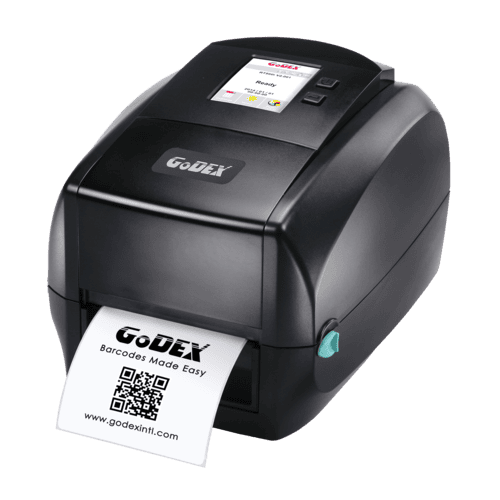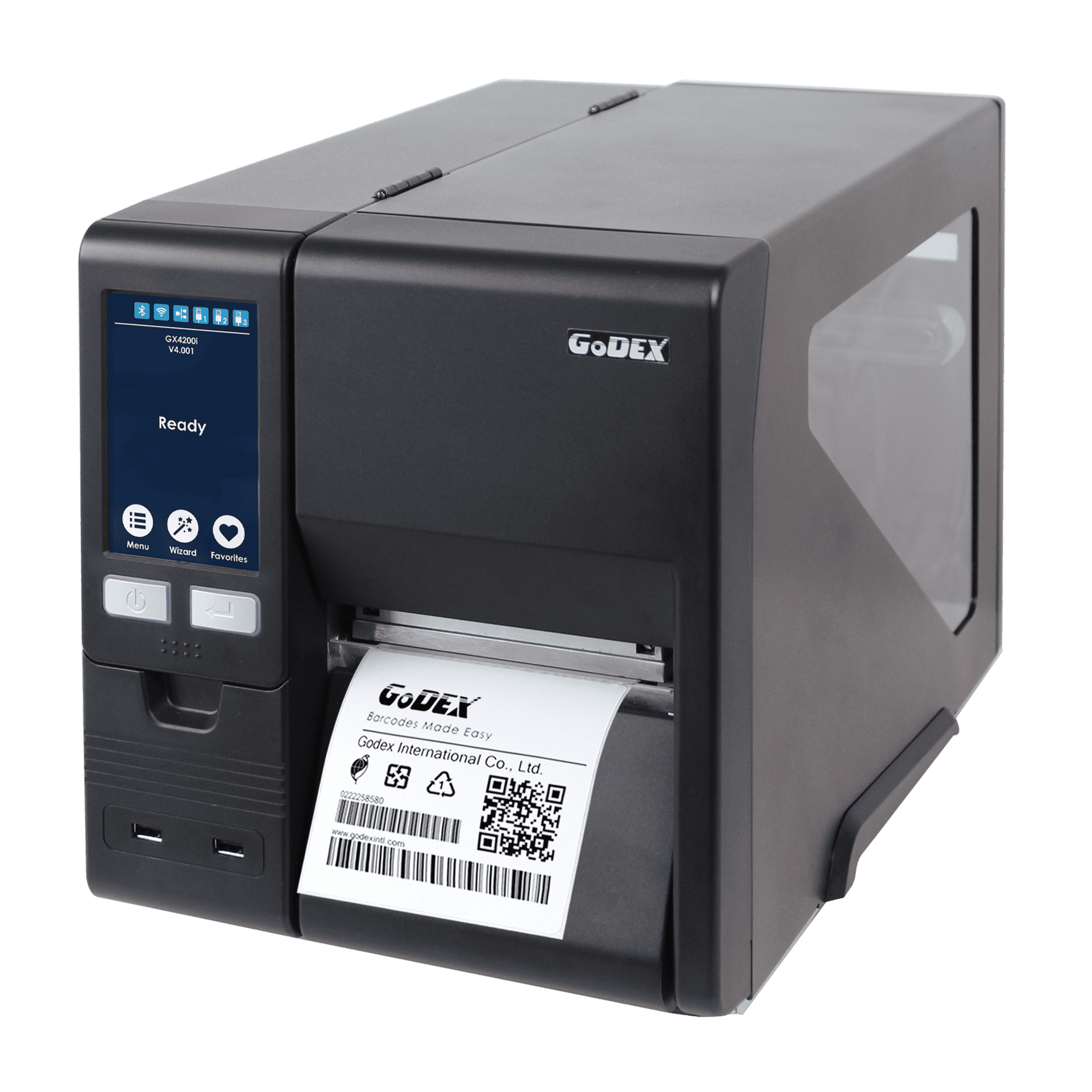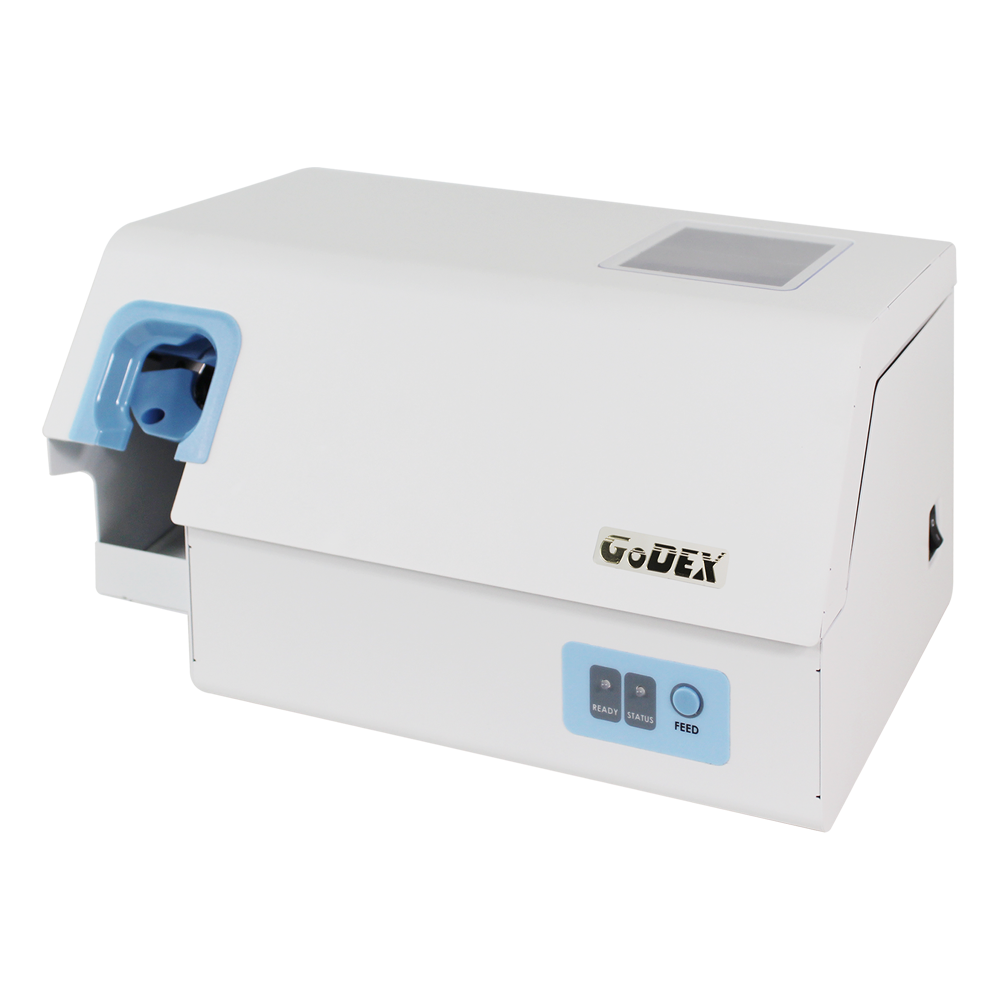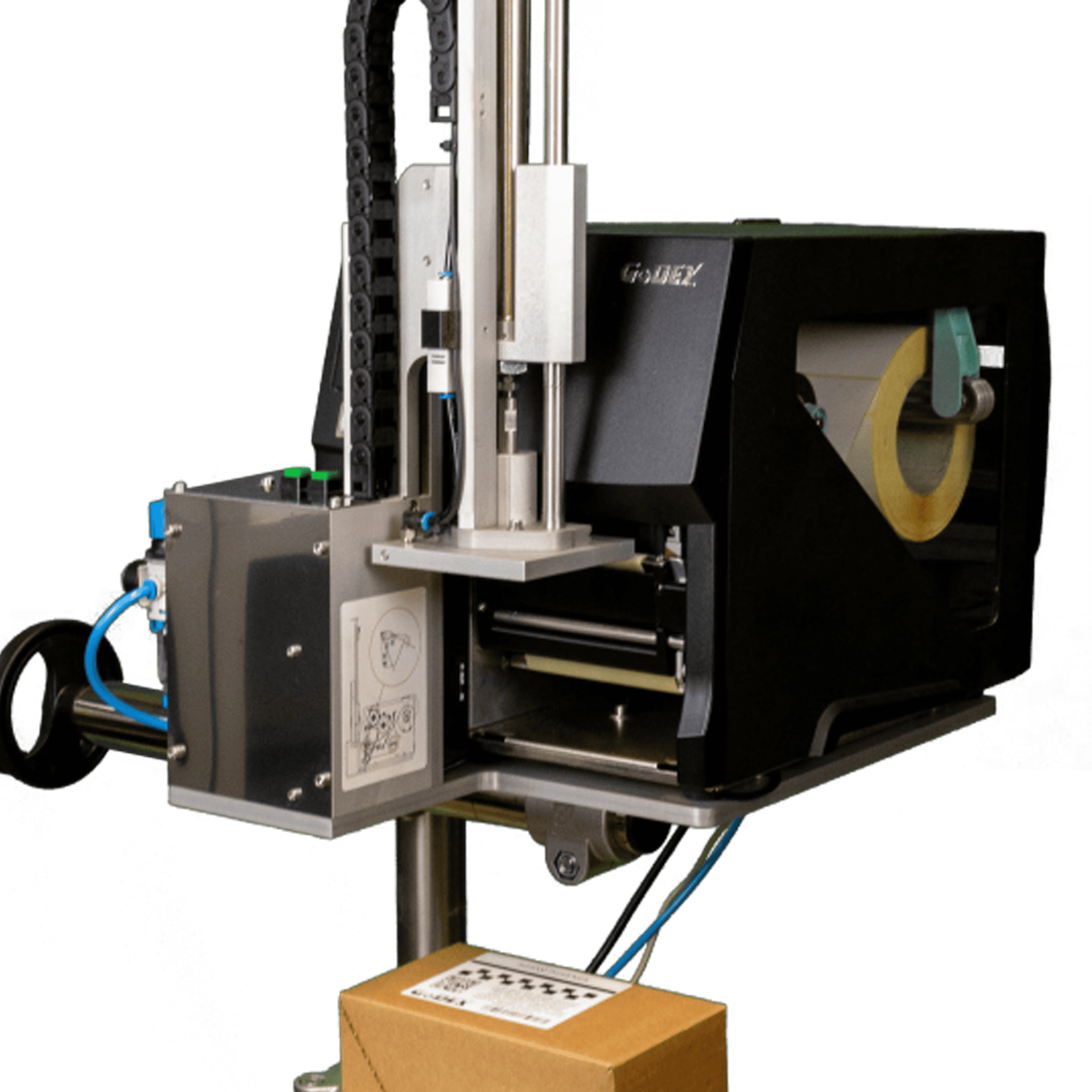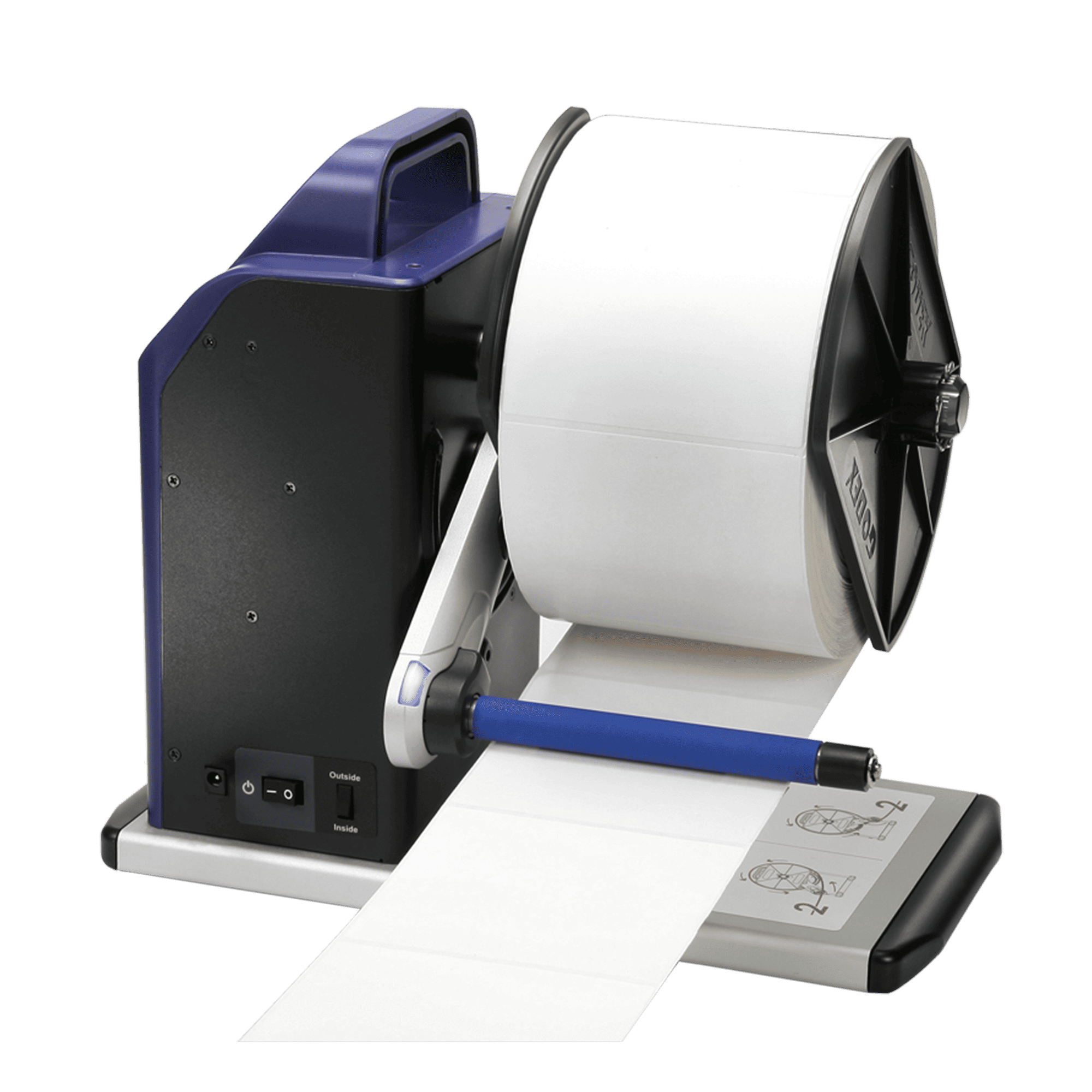Chính sách dịch vụ
GoDEX cung cấp cho khách hàng chất lượng dịch vụ khách hàng và hỗ trợ kỹ thuật cao nhất trong ngành. Khi bạn liên hệ với GoDEX, bạn ngay lập tức liên hệ với những người thực sự có đủ năng lực và động lực để phục vụ bạn. Không có trả lời giọng nói tự động, không có tin nhắn, không có sự chậm trễ và không có phí; chỉ là dịch vụ tuyệt vời. Để tận hưởng trải nghiệm dịch vụ GoDEX, chỉ cần gọi cho chúng tôi hoặc gửi e-mail cho chúng tôi và bạn sẽ nhận được dịch vụ chất lượng cao riêng tư xứng đáng và câu trả lời nhanh chóng mà bạn mong đợi.
Sửa chữa sản phẩm
GoDEX đã xây dựng một mạng lưới các đối tác cao cấp chuyên biệt toàn cầu và đang tiếp tục mở rộng mạng lưới. Các đối tác của chúng tôi cung cấp các dịch vụ chăm sóc khách hàng vượt trội và luôn tự hào về thời gian phản hồi nhanh. Vui lòng liên hệ với một trong những nhân viên GoDEX chuyên nghiệp của chúng tôi nếu bạn có bất kỳ câu hỏi nào liên quan đến việc sửa chữa sản phẩm.
Bảo hành
Thời gian bảo hành có thể khác nhau theo khu vực, vui lòng kiểm tra tại điểm mua của bạn. Bảo hành không có hiệu lực nếu hư hỏng/trục trặc do xử lý/sử dụng không đúng cách, phá hủy. Bảo hành không có hiệu lực nếu máy in bị tháo gỡ bởi người dùng cuối cùng hoặc các trung tâm sửa chữa không được GoDEX ủy quyền.
Hoàn trả sản phẩm
Chính sách hoàn trả sản phẩm có thể khác nhau theo khu vực, vui lòng kiểm tra tại điểm mua của bạn.

 English
English
